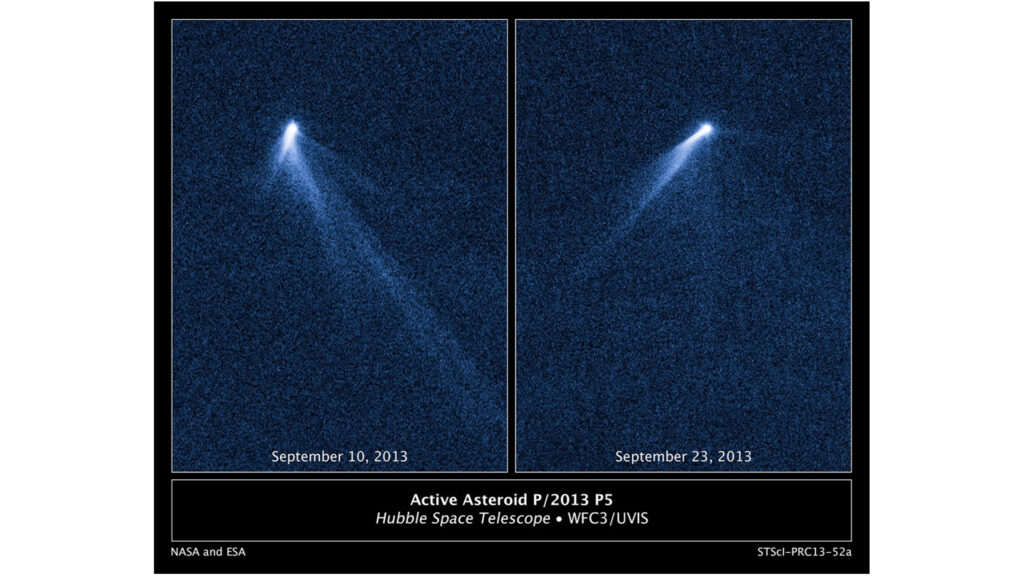SpaceX’s latest Starship prototype went out in a blaze of glory.
The Starship SN10 spacecraft touched down successfully after a high-altitude test flight today (March 3), a major milestone for the company and its crewed Mars ambitions. But the vehicle didn’t manage to hold itself together, exploding about eight minutes after landing.
The big stainless-steel SN10 (short for “Serial No. 10”) launched from SpaceX’s South Texas site at 6:15 p.m. EST (2315 GMT), rose 6.2 miles (10 kilometers) into the sky and then came back to Earth for a smooth touchdown 6 minutes and 20 seconds after liftoff.
Video: Watch SpaceX’s Starship SN10 land and explode









It was the third high-altitude test flight for a Starship vehicle but the first to feature a successful landing. SN10’s two immediate predecessors, SN8 and SN9, flew well during their jaunts — on Dec. 9, 2020 and Feb. 2 of this year, respectively — but both hit the ground hard and ended up in pieces.
“Third time’s a charm, as the saying goes,” SpaceX principal integration engineer John Insprucker said during SpaceX’s launch webcast today. “We’ve had a successful soft touchdown on the landing pad that’s capping a beautiful test flight of Starship 10.”
But that wasn’t the end of the story. Some flames were visible near SN10’s base shortly after landing, and that was a sign of things to come: the vehicle exploded on the landing pad at about 6:30 p.m. EST (2330 GMT), rising up and crashing down again in a huge fireball.
Related: See the evolution of SpaceX’s rockets in pictures
SpaceX is developing Starship to get people and payloads to the moon, Mars and other distant destinations, and to fly any other missions the company requires. Indeed, SpaceX plans to eventually phase out its other flight hardware — the Falcon 9 and Falcon Heavy rockets and Dragon cargo and crew capsules — and let Starship shoulder the entire load, company founder and CEO Elon Musk has said.
Starship consists of two elements: a 165-foot-tall (50 meters) spacecraft called Starship and a giant rocket known as Super Heavy, both of which are designed to be fully and rapidly reusable. Both will be powered by SpaceX’s next-generation Raptor engine — six for Starship and about 30 for Super Heavy, Musk has said.
The final Starship will be brawny enough to get itself off the moon and Mars, but it will need Super Heavy’s help to get off our much more massive Earth. After launching Starship to Earth orbit, the huge booster will come back down to Earth for a vertical landing, as Falcon 9 and Falcon Heavy first stages already do.
Musk believes that Starship’s combination of rapid reusability and power — the system will be able to loft more than 110 tons (100 metric tons) to low Earth orbit, according to its SpaceX specifications page — is the breakthrough that will make ambitious feats such as Mars settlement economically feasible. And Mars settlement is Musk’s driving ambition; he has repeatedly said that he founded SpaceX in 2002 primarily to help humanity become a multiplanet species.
Starship and Super Heavy: SpaceX’s Mars-colonizing vehicles in images

SpaceX is iterating toward the final Starship spacecraft via a series of increasingly complex prototypes. For example, the first Starships to get off the ground were single-engine vehicles that flew about 500 feet (150 m) high. SN8, SN9 and SN10 all sported three Raptors, as well as forward and rear flaps for aerodynamic control, so they flew much higher.
SN10 put those flaps to use today as it soared through the South Texas skies. The vehicle performed a number of precise in-flight maneuvers, including a sustained hover at the 6.2-mile maximum altitude, a horizontal descent and a dramatic “landing flip” to get itself vertical in time for touchdown.
All of that happened a bit later in the day than SpaceX had planned. SN10 was originally scheduled to launch at 3:14 p.m. EST (1814 GMT) today, but that attempt was aborted just after engine ignition when the spacecraft’s computer sensed something anomalous. The abort was caused by a “slightly conservative high thrust limit,” Musk said via Twitter this afternoon. SpaceX soon increased that limit and got SN10 ready to fly just three hours later.
We’ll see many more test flights in the weeks and months ahead, for SpaceX is already building multiple SN10 successors, as well as the first Super Heavy prototype. Musk has said that the company aims to get a Starship prototype to orbit this year, and he expects the final spaceflight system to be flying people regularly by 2023.
SpaceX already has an operational Starship flight targeted to launch that year — the “dearMoon” mission booked by Japanese billionaire Yusaku Maezawa. Maezawa is looking for crewmembers to join him on that six-day journey around the moon, so throw your hat in the ring if you’re interested.
Mike Wall is the author of “Out There” (Grand Central Publishing, 2018; illustrated by Karl Tate), a book about the search for alien life. Follow him on Twitter @michaeldwall. Follow us on Twitter @Spacedotcom or Facebook.


